How I Call My Friends: MyFriends();
How I call my friends: myFriends();
More Posts from Programmingravenclaw and Others
“We are assuming here that the user is competent. In reality this is always false. Users are very dumb and will do weird things.”
Intro to Computer Programming Professor (via mathprofessorquotes)
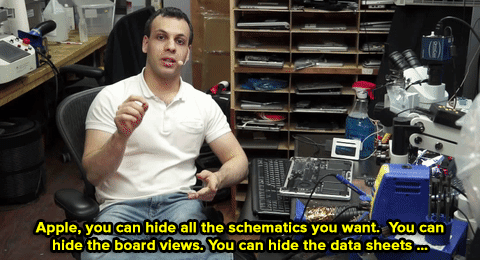
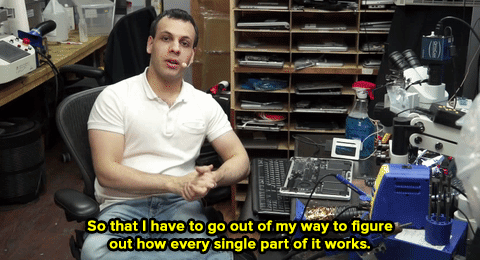
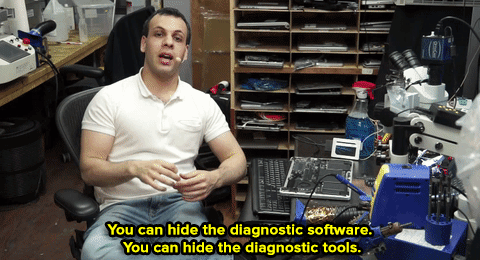
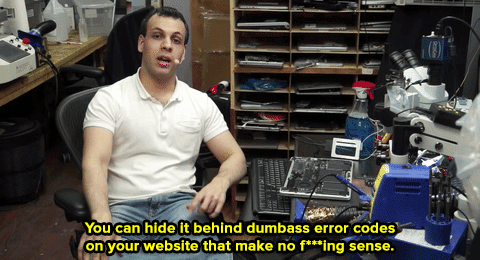
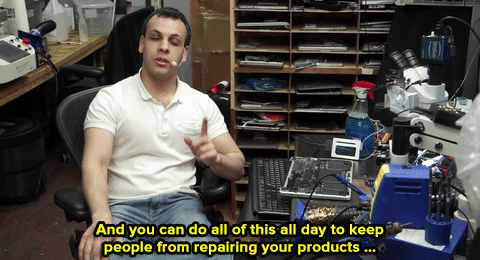
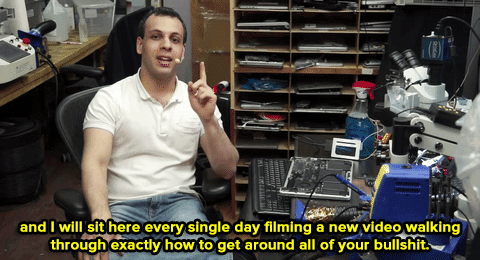
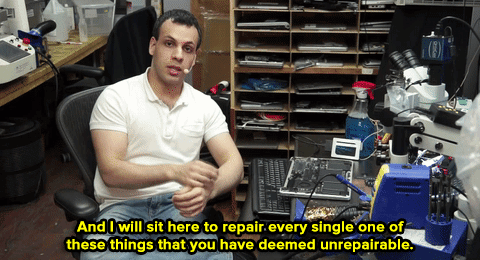
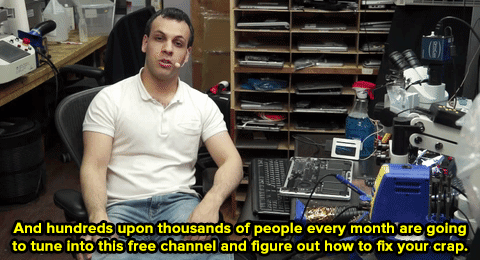
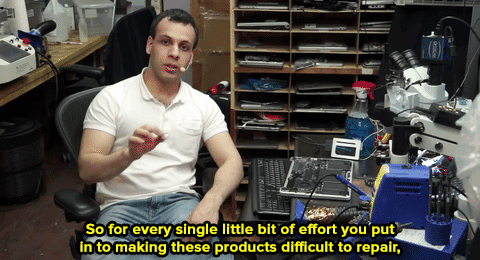
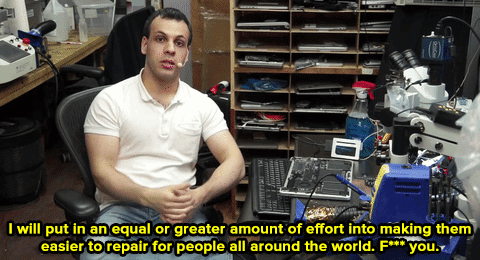
That’s Louis Rossman, a repair technician and YouTuber, who went viral recently for railing against Apple. Apple purposely charges a lot for repairs and you either have to pay up or buy a new device. That’s because Apple withholds necessary tools and information from outside repair shops. And to think, we were just so close to change.
Follow @the-future-now
The first guy who heard a parrot talk was probably not ok for several days.
How I call my friends: myFriends();
For anyone in need of some life advice:
Live every day of your life in a way that brings you closer to becoming Iron Man.
Roses are #FF0000
Violets are #0000FF
I’m in physics and I’ve turned into a nerd



What’s Up for March 2017?
What’s Up for March? The moon hides red star Aldebaran and crescents dazzle after dusk.

On March 4 the first quarter moon passes between Earth and the star Aldebaran, temporarily blocking our view of the star. This is called an occultation.

The occultation begins and concludes at different times, depending on where you are when you view it.

The event should be easy to see from most of the U.S., Mexico, most of Central America, the Western Caribbean and Bermuda.

Observers along a narrow path from Vancouver, British Columbia, to Hartford, Connecticut, will see the moon “graze” the star. The star will disappear and reappear repeatedly as hills and valleys on the moon alternately obscure and reveal it.

As seen from Earth, both Mercury and Venus have phases like our moon. That’s because they circle the sun inside Earth’s orbit.

Planets that orbit between Earth and the sun are known as inner or inferior planets.

Inferior planets can never be at “opposition,” which is when the planet and the sun are on opposite sides of Earth.

But inferior planets can be at “conjunction,” which is when a planet, the sun and Earth are all in a straight line.

Conjunction can happen once when the planet is on the opposite side of the sun from Earth and again when it’s on the same side of the sun as Earth.

When a planet is on the opposite side of the sun from Earth, we say it is at “superior conjunction.” As the planet moves out from behind the sun and gets closer to Earth, we see less and less of the lit side. We see phases, similar to our moon’s phases.

Mercury is at superior conjunction on March 6.

A few weeks later, the planet emerges from behind the sun and we can once again observe it. By the end of March we’ll see a last-quarter Mercury.

On April 20 Mercury reaches “inferior conjunction.”

Brilliant Venus is also racing toward its own inferior conjunction on March 25. Watch its crescent get thinner and thinner as the planet’s size appears larger and larger, because it is getting closer to Earth.

Finally, look for Jupiter to rise in the East. It will be visible all month long from late evening until dawn.

You can catch up on solar system missions and all of our missions at www.nasa.gov
Watch the full “What’s Up for March 2017″ video here:
Make sure to follow us on Tumblr for your regular dose of space: http://nasa.tumblr.com
-
 nosugaronmycoffee liked this · 3 years ago
nosugaronmycoffee liked this · 3 years ago -
 tusojosdeencanto reblogged this · 4 years ago
tusojosdeencanto reblogged this · 4 years ago -
 daily-dose-of-annoying reblogged this · 4 years ago
daily-dose-of-annoying reblogged this · 4 years ago -
 daily-dose-of-annoying liked this · 4 years ago
daily-dose-of-annoying liked this · 4 years ago -
 thousandevilducks liked this · 4 years ago
thousandevilducks liked this · 4 years ago -
 sulsuulsims liked this · 4 years ago
sulsuulsims liked this · 4 years ago -
 paradajzsz liked this · 5 years ago
paradajzsz liked this · 5 years ago -
 laaapower99 reblogged this · 5 years ago
laaapower99 reblogged this · 5 years ago -
 cybernetictemporalautomotom liked this · 6 years ago
cybernetictemporalautomotom liked this · 6 years ago -
 majestyhorse1962-blog liked this · 6 years ago
majestyhorse1962-blog liked this · 6 years ago -
 theakwardsquid liked this · 6 years ago
theakwardsquid liked this · 6 years ago -
 quinz86 liked this · 6 years ago
quinz86 liked this · 6 years ago -
 herequeerandreadyfordeath reblogged this · 6 years ago
herequeerandreadyfordeath reblogged this · 6 years ago -
 herequeerandreadyfordeath liked this · 6 years ago
herequeerandreadyfordeath liked this · 6 years ago -
 addicted2yeol reblogged this · 6 years ago
addicted2yeol reblogged this · 6 years ago -
 but-how-do-you-know reblogged this · 6 years ago
but-how-do-you-know reblogged this · 6 years ago -
 but-how-do-you-know liked this · 6 years ago
but-how-do-you-know liked this · 6 years ago -
 homelesslookingchick liked this · 6 years ago
homelesslookingchick liked this · 6 years ago -
 somethingniceforachange reblogged this · 6 years ago
somethingniceforachange reblogged this · 6 years ago -
 hsnerd-blog reblogged this · 6 years ago
hsnerd-blog reblogged this · 6 years ago -
 hsnerd-blog liked this · 6 years ago
hsnerd-blog liked this · 6 years ago -
 whydontusmile liked this · 6 years ago
whydontusmile liked this · 6 years ago -
 phanservicing reblogged this · 6 years ago
phanservicing reblogged this · 6 years ago -
 chickenooodlesoup reblogged this · 6 years ago
chickenooodlesoup reblogged this · 6 years ago -
 chickenooodlesoup liked this · 6 years ago
chickenooodlesoup liked this · 6 years ago -
 bxbyporcelain liked this · 6 years ago
bxbyporcelain liked this · 6 years ago -
 wenhezz reblogged this · 6 years ago
wenhezz reblogged this · 6 years ago -
 lynx7-0 reblogged this · 6 years ago
lynx7-0 reblogged this · 6 years ago -
 benevolentgentleman liked this · 6 years ago
benevolentgentleman liked this · 6 years ago -
 clbrtn liked this · 6 years ago
clbrtn liked this · 6 years ago -
 perkwunos liked this · 6 years ago
perkwunos liked this · 6 years ago -
 benzoshooter-blog liked this · 6 years ago
benzoshooter-blog liked this · 6 years ago -
 larebearsblog-blog liked this · 6 years ago
larebearsblog-blog liked this · 6 years ago -
 walterwhiteprivilege reblogged this · 6 years ago
walterwhiteprivilege reblogged this · 6 years ago -
 supercoey reblogged this · 6 years ago
supercoey reblogged this · 6 years ago -
 darksideofacuteheart reblogged this · 6 years ago
darksideofacuteheart reblogged this · 6 years ago -
 missyhsu reblogged this · 6 years ago
missyhsu reblogged this · 6 years ago -
 emyflorence reblogged this · 6 years ago
emyflorence reblogged this · 6 years ago -
 fantasylessuser reblogged this · 6 years ago
fantasylessuser reblogged this · 6 years ago -
 fantasylessuser liked this · 6 years ago
fantasylessuser liked this · 6 years ago
Full-time Computer Science student, reader, and gamer with a comics addiction.
121 posts
